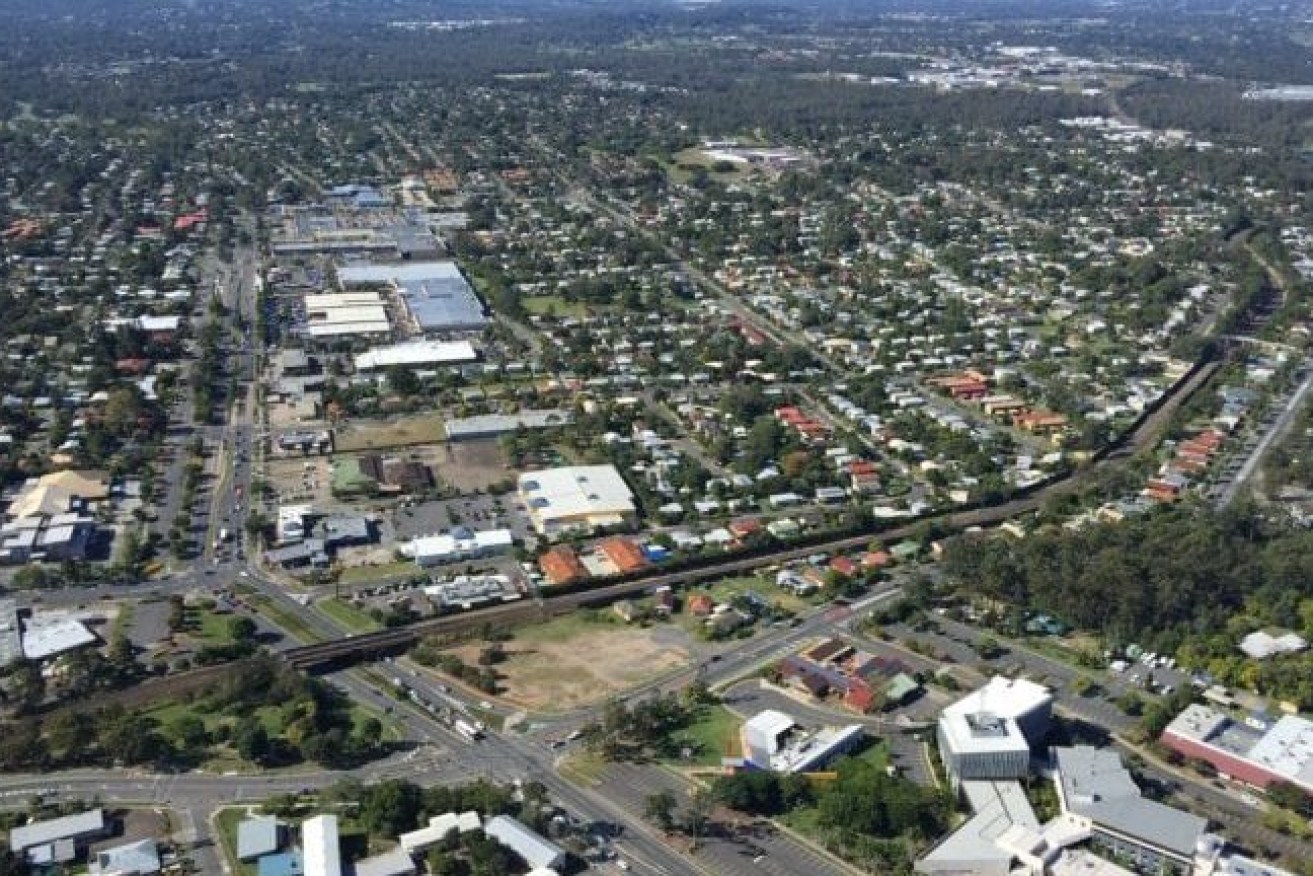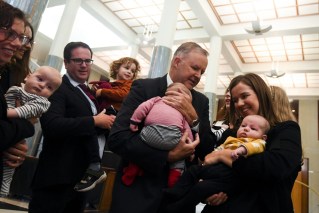Why the battles we fought two decades ago may haunt government sooner than it thinks
Successive state governments have talked a good game about regional growth plans without actually making any progress. Now, with interstate migration and a housing crisis to deal with, our pigeons are coming home to roost, writes Greg Hallam


Home prices in Logan Central rose 13.5 per cent in the March quarter. (Image: Invest Logan)
Whatever happened to Queensland’s – and in particular, South-East Queensland’s – Regional Growth plans?
When did you last hear about the state government’s plan for managing the increase in the state’s population to 5.3m (4.4m in SEQ) by 2030?
For the best part of two decades, it was both fashion and good policy for state governments to be planning for the state’s future growth. Regional planning was championed by the late Terry Mackenroth during his time as Deputy Premier in the Beattie Government.
Moreover , there wasn’t a week go by when the media wasn’t full of yarns about infrastructure catch-up, restricting growth to designated areas, preserving bushlands, koalas and protecting the state’s lifestyle.
The unstated community nostrum was SEQ should not become a conurbation from Coolangatta to Noosa. There had to be enough green space buffers to stop that happening.
Regional growth plans had their genesis in Queensland 20-odd years ago, with underpinning legislation giving them real bite.
The SEQ Plan is currently in its fourth iteration. The state regional plans trump any council town plans. It’s the state who determines where development will occur and doesn’t, and the intensity of permissible planning uses.
Then we had a decade of the interstate growth tap being turned off for various economic and societal reasons and a switch to higher-density living, only to see an explosion interstate migration to all parts of Queensland with the end of Covid.
But this time there is no public discussion about controlled growth, rather, it’s about the rental crisis, availability of housing stock, and funding the infrastructure to stage the Olympic Games in 2032.
Few, if any in the community would be aware that all of the states’ regional growth plans are currently under review. Most Queenslanders wouldn’t be aware that the original and subsequent SEQ plans have done their job channelling growth into five growth corridors: Yarrabilba, Flagstone, Ripley, Springfield and North Lakes/ Caboolture.
Quite literally, hundreds of thousands of people have made those growth centres home this century. Just as importantly they have restricted growth in other parts of the region, hence the tensions in communities such as the Redlands over density, state government housing quotas and Koala Protection Map overlay .
The beauty of regional plans were that they directed government infrastructure funding to support growth and limited property use intensification to the so-called Transport Oriented Corridors – think Mt Gravatt, Springwood, Toombul and Chermside.
Concerns within Sydney and Melbourne’s inner and middle rings about becoming “sardine city” didn’t materialise in Greater Brisbane . Alternatively, from time to time, State Governments saw the regional plans as a joke, especially with the advent of concomitant infrastructure plans that locked them into long term spending.
Is spatial policy dead in the water in Queensland? Has it run its public policy cyclical course? Is there a new emerging community narrative on managing the state’s growth.
Where are the pressure groups from a quarter of a century ago, will they re-emerge? Or are we still in the early phases of a reignited community consciousness on the consequences of rapid population growth.
Do we still value the environment and lifestyle preservation goals that drove the original creation of the growth management framework, strategy and plans, or is now all just too hard? The jury is out.
As the clock ticks down to the next state election, what guidance and direction will the current State Government review of the state’s 10 regional growth plan: will be it rigid plans and strict development quotas, or a more laissez-faire style of planning.
The future of some government seats in peri-urban Brisbane and the provincial cities could depend on the state government’s approach.
Greg Hallam is a former long-time Chief Executive of the Local Government Association of Queensland and expert on the state’s regions. He writes regularly for InQueensland












